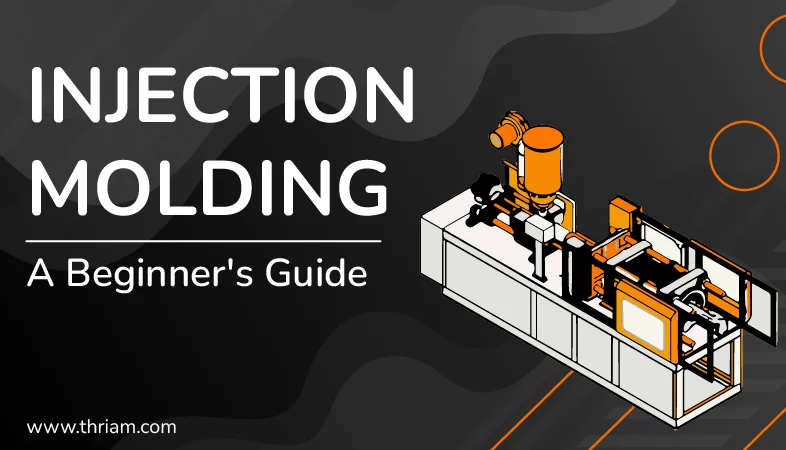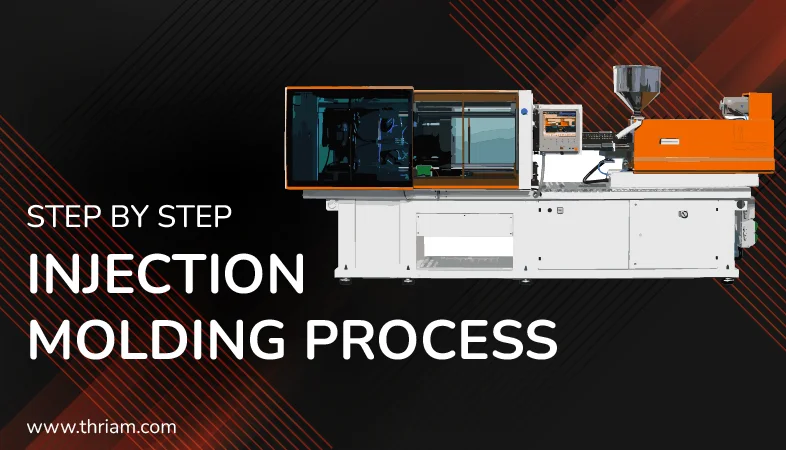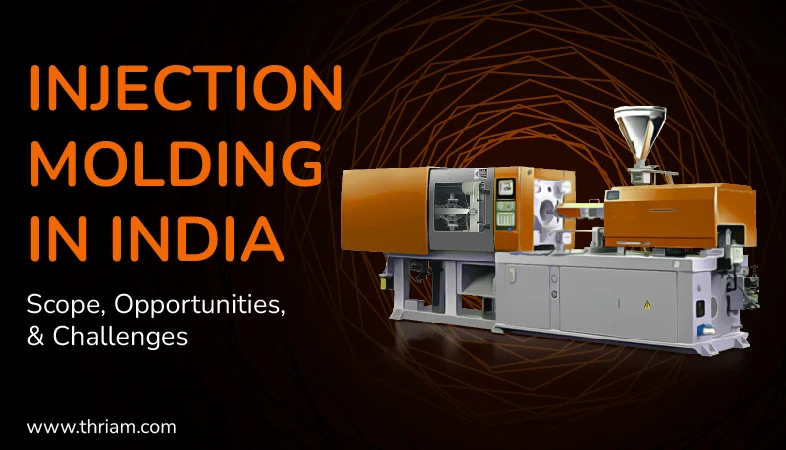A Beginner's Guide to the Working Principles of Injection Moulding Machines
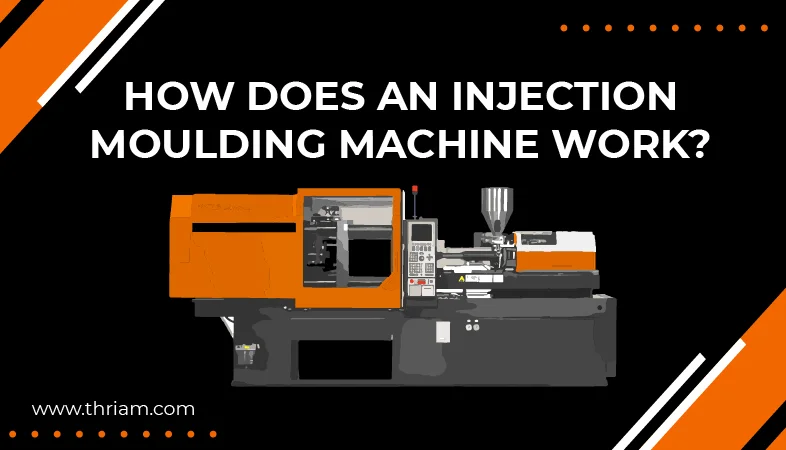
What is Injection moulding?
Injection moulding is a manufacturing process in which molten material, typically plastic, is injected into a mould to create a desired shape. The process involves heating the material until it is in a liquid state and then injecting it into a mould under high pressure. The material is then allowed to cool and solidify, after which the mould is opened, and the part is ejected. Injection moulding is widely used due to its ability to produce high-quality, precise, and complex parts in large quantities. This process is commonly used in various industries, including automotive, electronics, medical, and consumer goods.
What is an injection moulding machine?
An injection moulding machine is a specialized piece of equipment used in the injection moulding process. It is designed to melt and inject molten material, typically plastic, into a mould to create a specific shape. The machine consists of several main components, including a hopper for the raw material, a barrel where the material is melted, an injection unit with a reciprocating screw or plunger to move the material into the mould, a mould to shape the material, and a clamp to hold the mould in place. Injection moulding machines are highly efficient and can produce a wide range of plastic parts with high precision and repeatability. They are widely used in manufacturing industries for large-scale production of plastic components.
Working Principle of Injection Moulding Machines:
The injection moulding machine operates on the following cycle:
- Material is fed into a hopper, which is then transported into the barrel of the injection moulding machine.
- The material is then melted in the barrel and injected into a mould.
- The mould is closed and held under pressure until the material has cooled and solidified.
- The mould is then opened, and the part is ejected.
An injection moulding machine consists of the following parts:
-
Hopper:

This is where the raw material is added to the machine. -
Barrel:

The barrel is heated and contains a reciprocating screw or plunger that moves the molten material through the machine and into the mould. -
Injection Unit:

This includes the reciprocating screw or plunger, the heating element, and the nozzle that feeds the material into the mould. -
Mould:

The mould is the component that shapes the material into the desired shape. -
Clamp:

The clamp is used to hold the mould in place and apply pressure during the injection process. -
Control Panel:

The control panel is used to set the operating parameters of the machine.
The injection moulding machine operates on the following process:
- The raw material is fed into the hopper.
- The material is heated in the barrel, and the reciprocating screw or plunger moves it forward and through the nozzle into the mould.
- The mould is closed and clamped under pressure.
- The material is injected into the mould, and pressure is applied to hold the material in place until it solidifies.
- The mould is opened, and the part is ejected.
- The cycle is repeated until the desired number of parts is produced.
Injection moulding machines are used to produce a wide range of products, from small precision parts to large automotive components. The machines are highly efficient and can produce high-quality parts with tight tolerances. The speed and efficiency of injection moulding make it a cost-effective manufacturing process for large production runs.
Advantages and Limitations of Injection Moulding Machines
Advantages of Injection Moulding Machines:
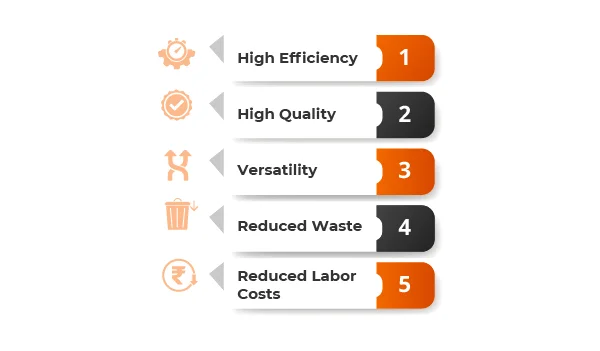
- High Efficiency: One of the key benefits of injection moulding machines is their ability to work with precision and speed, allowing manufacturers to create products quickly and efficiently.
- High Quality: Injection moulding machines can produce products with high levels of accuracy and consistency, resulting in products that are consistent in size, shape, and quality.
- Versatility: Injection moulding machines can work with a variety of materials, including thermoplastics and thermosetting plastics, making them highly versatile.
- Reduced Waste: Injection moulding machines create less waste than traditional manufacturing methods, as any excess material can be melted and reused for further production, reducing overall material waste.
- Reduced Labor Costs: Injection moulding machines require less labor than traditional manufacturing methods, as they can operate with minimal human input.
Limitations of Injection Moulding Machines:
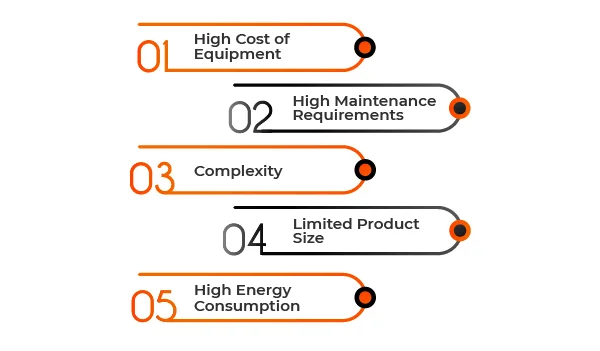
- High Cost of Equipment: Injection moulding machines require a significant investment in equipment and infrastructure, making them costly for small or medium-sized businesses.
- High Maintenance Requirements: Injection moulding machines require frequent maintenance to ensure that they are operating at optimal efficiency. This can result in additional maintenance costs.
- Complexity: Injection moulding machines are complex pieces of equipment that require skilled and trained operators to operate them effectively.
- Limited Product Size: Injection moulding machines are best suited for small to medium-sized products, making them unsuitable for large products or those with irregular shapes.
- High Energy Consumption: Injection moulding machines require a significant amount of energy to operate, which can result in high energy bills and increased carbon emissions.
Applications of Injection Moulding Machines
Injection moulding machines have a wide range of applications, making them a versatile manufacturing tool. They are used in various industries, including automotive, healthcare, consumer goods, packaging, and electronics. In the automotive industry, injection moulding machines are used to produce interior and exterior car parts, while in the healthcare industry, they are used to manufacture medical components such as syringes and IV catheters. In the consumer goods industry, injection moulding machines are used to create products such as toys, kitchenware, and furniture. They are also used in the packaging industry for the production of containers and lids. In the electronics industry, injection moulding machines are used to create phone cases, keyboards, and other electronic components. Overall, injection moulding machines play a crucial role in the production of a wide range of products in various industries, making them a versatile tool in modern manufacturing.
Conclusion
In conclusion, understanding the working principles of injection moulding machines is crucial for anyone seeking to delve into the world of plastic manufacturing. These intricate machines use a combination of heat, pressure, and precision to transform raw materials into a vast array of plastic products. By melting plastic pellets, injecting the molten material into a mould, and allowing it to cool and solidify, injection moulding machines enable manufacturers to create products with remarkable accuracy and efficiency. With continuous advancements in technology, these machines continue to revolutionize various industries by enabling the production of high-quality plastic components at large scales. By grasping the intricacies of their working principles, we can appreciate the immense capabilities and possibilities that injection moulding machines bring to the world of manufacturing.
